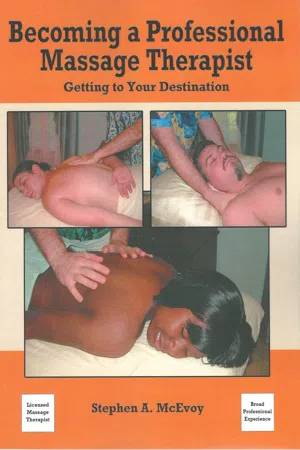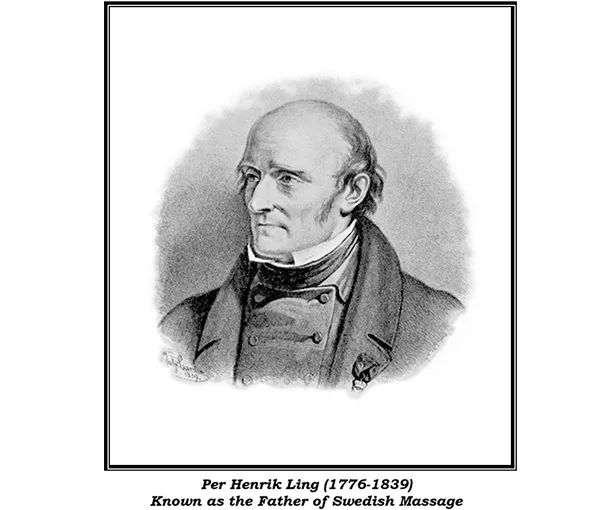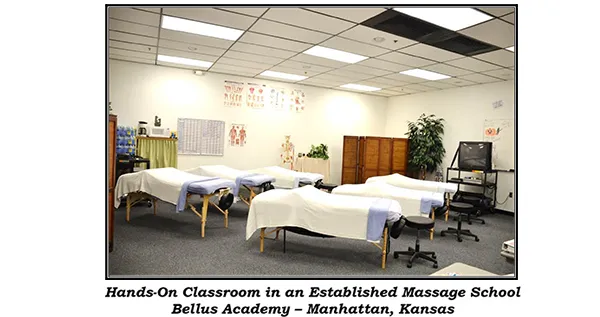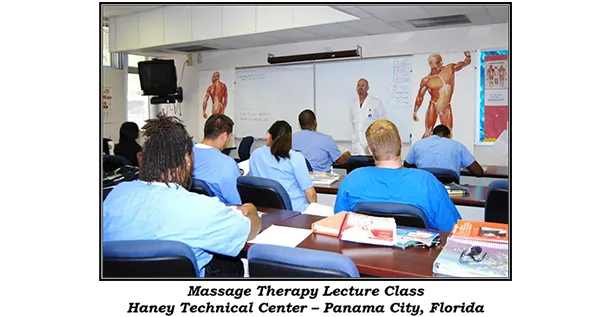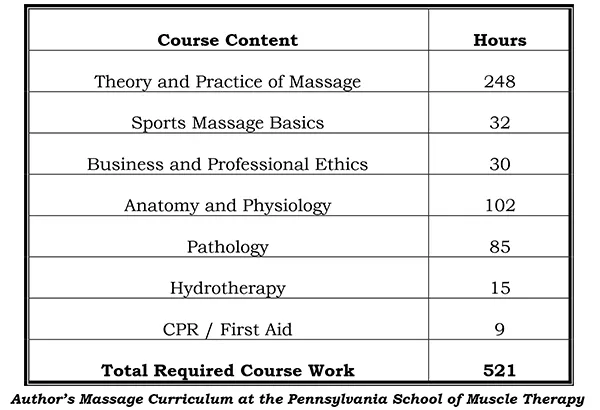![]()
Chapter 1
Massage as a Profession
Mosby’s Medical Dictionary defines therapeutic massage as “the manipulation of the soft tissue of the body through stroking, rubbing, kneading, or tapping, to increase circulation, to improve muscle tone, and to relax the patient.” Other definitions make clear that the goal of massage therapy is to enhance the psychological and physical health and well-being of the client. The word “massage” can be traced back to a number of cultures and languages, including Greek and the root word “masso,” which means to touch, handle, knead or squeeze.
Abbreviated History of Therapeutic Massage
Abbreviated History of Therapeutic Massage
Therapeutic massage has a rich and recorded history dating back at least 5,000 years. The profession has flourished in many cultures around the world, including Asia, Europe and the Americas. In the United States during 2011, the American Massage Therapy Association (AMTA) estimated that 37.9 million people received a total of 170.5 million massages. More and more, massage therapists are working and integrated in health-care settings including medical and chiropractic offices.
The benefits of therapeutic massage and many of the associated modalities are widely recognized for relieving stress and enhancing health. Massage therapists are receiving an increasing number of referrals from a wide range of health-care professionals. Recently, my own family physician strongly recommended that I receive regular therapeutic massages. She did not have to twist my arm!
Massage therapy is a well-recognized and valued health-care profession that continues every year to become more and more prominent in the United States and in the American culture. If you are committed to providing wonderful therapeutic massage treatments to benefit your clients’ physical and emotional health, both you and they will reap the rewards.
![]()
Chapter 2
Selecting a Massage School
Most post-high-school education and technical studies come at a financial cost, and this is also true for therapeutic massage training. The cost is not just monetary, but also includes the amount of personal time and effort that students must invest. There are many factors to consider when choosing a massage school, and you should carefully evaluate those that are important to you and your situation. Some factors such as the driving time and distance to the school and the financial cost of the program are very obvious. Other important factors are less obvious, but they should also be considered before you make personal and financial commitments.
Program of Study
Different massage schools may offer somewhat different training programs, and some schools provide multiple educational and course offerings. My primary interests were (and still are) in therapeutic massage for stress reduction and relaxation, so the program I selected focused heavily on Swedish Massage. There are many massage modalities, and one massage school’s curriculum may have a much different emphasis and course content than another school’s program. You should investigate all of the viable educational alternatives and then select the school and program that best fit your needs and interests. Besides location and cost, there are several other factors that should also be considered.
If you plan to provide massage services in a state where massage therapists are regulated or where a state license is required to practice, such as my home state of Pennsylvania, you should choose a school and course of study that will qualify you for credentialing or licensure in that state. For a number of reasons, it is generally better to study at a school located within the state where you plan to practice. If you are not able to find a suitable and convenient school in your home state, and you decide to study in a different state from where you plan to practice, make absolutely sure that the school you choose will qualify you to practice in your home state. This is because massage schools often tailor their programs and courses for the state in which they are located. Of course, some schools, such as the one I attended, offer course options to reflect the regulatory requirements in one or more other states.
If you plan to practice in a non-regulated state, it is recommended that you enroll in a course of study that will, at the minimum, qualify you for professional-level membership (with included liability insurance) in either the American Massage Therapy Association (AMTA) or the Associated Bodywork and Massage Professionals (ABMP). These are the two primary nationwide professional associations for massage therapists.
The requirements for AMTA and ABMP professional-level membership are included later in Chapter 4 of this book.
Professional membership in the AMTA or ABMP is valuable, and not just because of the included liability insurance that is available from both organizations. There are other tangible and intangible membership benefits, including being provided with a free listing on the organization’s “Find a Massage Therapist” website.
My course work at PSMT has only been listed above to give a flavor of one therapeutic massage program from more than 15 years ago.
In summary, before you lock in on a massage school and educational program, ensure that its training will provide everything you need to work in the state where you plan to maintain your professional practice.
Massage School Size
I attended a relatively large massage school that offered multiple basic and advanced programs in a number of massage modalities. Students could choose to register for weekday, evening, and/or weekend courses, and this flexibility was important to me because of my full-time employment and family responsibilities.
The anatomy, physiology and pathology courses at PSMT were held in classrooms similar to those in typical high schools and colleges. The hands-on classes were conducted in large rooms containing a number of comfortably arranged massage tables. Two students were assigned to each table, but we also had the opportunity to work on the students assigned to other tables.
While it is certainly better to practice massage on many different bodies, the real value of a larger class size, at least for me, was dealing with a larger number of people and personalities. While the classroom atmosphere was usually warm and fuzzy, on rare occasions there were some “electrical sparks.” A significant challenge for new massage therapists is not just dealing with different bodies and physical conditions, but also dealing with the varying client personalities, backgrounds and mindsets. The larger class size prepared me well for professional practice. However, I have met a great many massage therapists over the years who attended smaller schools and who extoll smaller class sizes. They all claim that smaller classes allow students to receive an increased and beneficial level of personal attention. Many also reported that besides being able to practice massage on fellow students, they were also able to hone their skills on school staff members and previous graduates.
When I decided to sublease out two of the rooms in my office suite, I posted a notice (with permission) on my school’s student/community bulletin board. Within two weeks, I had about ten inquiries for the two rooms. My building was quite nice and had on-site parking plus some additional amenities, and the massage rooms were very comfortable. But even so, there is no doubt that my relationship with a respected school gave my ad wide exposure to many qualified candidates.
Large or small, you should choose a school and curriculum that you are comfortable with, and that will meet your educational needs.
Student Clinic
The value of attending a massage school that has a Student Clinic cannot be overstated. The benefits are tremendous. Back during my massage schooling, I probably was not easygoing or “cool.” Sensitively dealing with a large number of people in the very close and personal massage-classroom setting did not come naturally or easily for me. As previously mentioned, the larger class size was a definite help in refining my people skills.
However, the best interpersonal-relationship training for the massage profession was gained by working in the Student Clinic and massaging real-world non-student people. Reviewing the client intake forms; discussing medical health, requests and expectations; giving instructions to clients; receiving feedback; and collecting payment (for the school, of course) greatly smoothed many of my rough edges. My transition from massage school to professional practice wou...
